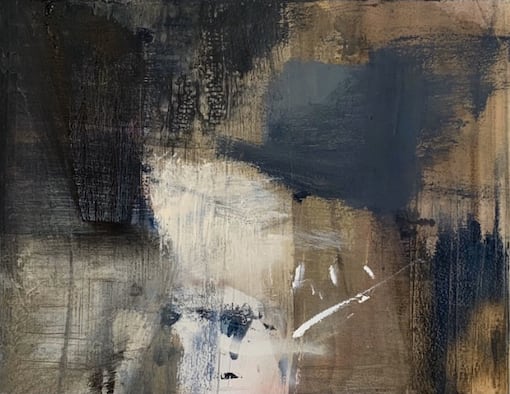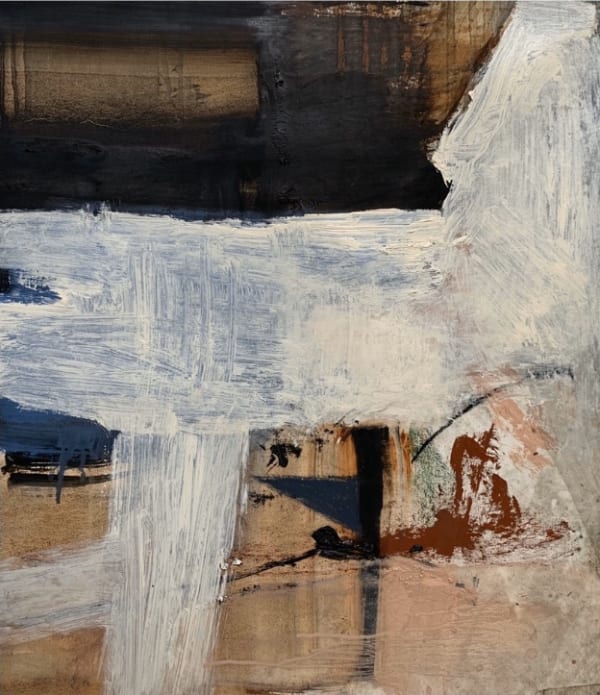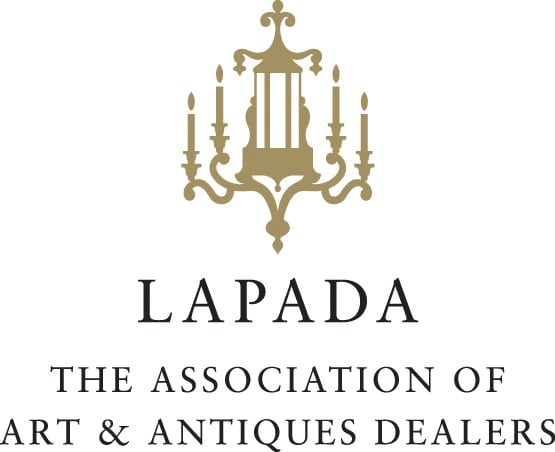Peter Ceredig-Evans British, b. 1989
-
 Peter Ceredig-EvansVelvet, 2020oil on canvas50 x 42cmyes
Peter Ceredig-EvansVelvet, 2020oil on canvas50 x 42cmyes -
 Peter Ceredig-EvansAtlantic Crossingoil on canvas64 x 60cm
Peter Ceredig-EvansAtlantic Crossingoil on canvas64 x 60cm -
 Peter Ceredig-EvansBicheno, Tazmanian Goldoil with mixed media on canvas93 x 87cm
Peter Ceredig-EvansBicheno, Tazmanian Goldoil with mixed media on canvas93 x 87cm -
 Peter Ceredig-EvansBlackrock Beach, Pottsvilleoil with mixed media on canvas90 x 90cm
Peter Ceredig-EvansBlackrock Beach, Pottsvilleoil with mixed media on canvas90 x 90cm -
 Peter Ceredig-EvansCornish Rockpooloil with mixed media on canvas85 x 85cm
Peter Ceredig-EvansCornish Rockpooloil with mixed media on canvas85 x 85cm -
 Peter Ceredig-EvansDawn Swimoil and mixed media on paper55 x 52cm
Peter Ceredig-EvansDawn Swimoil and mixed media on paper55 x 52cm -
 Peter Ceredig-EvansDeep Lake Under New Moonoil with mixed media on canvas99 x 106cm
Peter Ceredig-EvansDeep Lake Under New Moonoil with mixed media on canvas99 x 106cm -
 Peter Ceredig-EvansEnds of Land Long, Long Agooil with mixed media on canvas60 x 60cm
Peter Ceredig-EvansEnds of Land Long, Long Agooil with mixed media on canvas60 x 60cm -
 Peter Ceredig-EvansGlass Bottom Boatoil with mixed media on canvas185 x 195cm
Peter Ceredig-EvansGlass Bottom Boatoil with mixed media on canvas185 x 195cm -
 Peter Ceredig-EvansLoving Jupiteroil with mixed media on paper53 x 48cm
Peter Ceredig-EvansLoving Jupiteroil with mixed media on paper53 x 48cm -
 Peter Ceredig-EvansMoonlight Swimoil with mixed media on canvas200 x 200cm
Peter Ceredig-EvansMoonlight Swimoil with mixed media on canvas200 x 200cm -
 Peter Ceredig-EvansPoint Lookout, Stradbrokeoil with mixed media on canvas125 x 125cm
Peter Ceredig-EvansPoint Lookout, Stradbrokeoil with mixed media on canvas125 x 125cm -
 Peter Ceredig-EvansPortrait of Pearl Fieldsoil on canvas40 x 50cm
Peter Ceredig-EvansPortrait of Pearl Fieldsoil on canvas40 x 50cm -
 Peter Ceredig-EvansPuglia Poolsoil with mixed media on canvas96 x 96cm
Peter Ceredig-EvansPuglia Poolsoil with mixed media on canvas96 x 96cm -
 Peter Ceredig-EvansSwimming Pool, Currumbin Valleyoil with mixed media on canvas47 x 47cm
Peter Ceredig-EvansSwimming Pool, Currumbin Valleyoil with mixed media on canvas47 x 47cm -
 Peter Ceredig-EvansSwimming Pool, Currumbin Valley IIoil with mixed media on canvas47 x 47cm
Peter Ceredig-EvansSwimming Pool, Currumbin Valley IIoil with mixed media on canvas47 x 47cm -
 Peter Ceredig-EvansTwo Riversoil on canvas43 x 37cm
Peter Ceredig-EvansTwo Riversoil on canvas43 x 37cm -
 Peter Ceredig-EvansWet Grounds, Springbrook Driveoil with mixed media on canvas91 x 91cm
Peter Ceredig-EvansWet Grounds, Springbrook Driveoil with mixed media on canvas91 x 91cm -
 Peter Ceredig-EvansWild Dog IImixed media with oil on paper42 x 30cm
Peter Ceredig-EvansWild Dog IImixed media with oil on paper42 x 30cm
Peter Ceredig-Evans creates work that expresses human experience and interaction through abstraction and a painterly language that has both intensity and subtlety. Peter graduated from Bath Spa University in 2011 and has gone on to exhibit and sell in Europe, the US and Australia. Most importantly Peter has remained hungry to develop his practice as an artist and welcomes opportunities to collaborate with other artists. Now living in Australia, Peter works from a studio on the Gold Coast where he continues to sell through galleries and to private collectors around the world.
"There is a transience in Peter Ceredig Evans’ work that connotes a palpable yet insubstantial space. Flourishes of physical energy in the form of animated mark making flit across the canvass here and there, like a thought remembered, only to be lost moments later. It is blurred and dreamy, yet not always tranquil; it washes over the viewer, engulfing them in a strange lethargy. I feel like my eye is endlessly chasing something: a figure, a thought, a word, a reality.
The artist is concerned with the tension around the human experience, which often takes the form of human interaction. He sees this as the centre of humanity, saying ‘human interaction is more important than anything else; all we’ve got is relationships’. He often focuses on the power of memory, which is why his paintings carry this ‘dreamlike’ yet completely tangible quality. Like a good poet, his work draws upon specifics, exact personal memories, images, conversations and people that resonate universally. He is especially interested in sense memories, saying that they give such a solid glimpse into one’s own past: ‘they are more than a photograph, they really are real.’ Perhaps this is what the artists taps into in his viewer, and why so many people are drawn into his pieces, almost like they hold a familiarity or a comfort. This is something he has carried forward from his earlier work, saying ‘when my work was more figurative, I was interested in not creating landscapes where everything seemed natural. I wanted to create a sense of a place, I wanted it to appear like a memory or like an idea.’ This work allowed him to learn the fundamentals of composition, lines and textures, which his work has maintained through its natural transition into abstraction. The importance of inspirations such as Francis Bacon, George Baslitts, Cy Twombly, and Mark Rothko, steered him in this direction as he continued to hone and develop his practise. The theme of emotive human response has been a continuing focus. It gives glimpses amongst the abstraction, a reality within the dream."
-

Across the Coast
Peter Ceredig-Evans; Julia Cooper; Gareth Edwards RWA; Myles Oxenford 4 Mar - 1 Apr 2023exhibition of paintings relating to sea; coast; contemporaryoil paintingsRead more -

Peter Ceredig-Evans
The Shape of Time 2 Jul - 20 Aug 2022Peter Ceredig-Evans, Bath art graduate, cornish painter, solo exhibition, abstract landscapeRead more

























